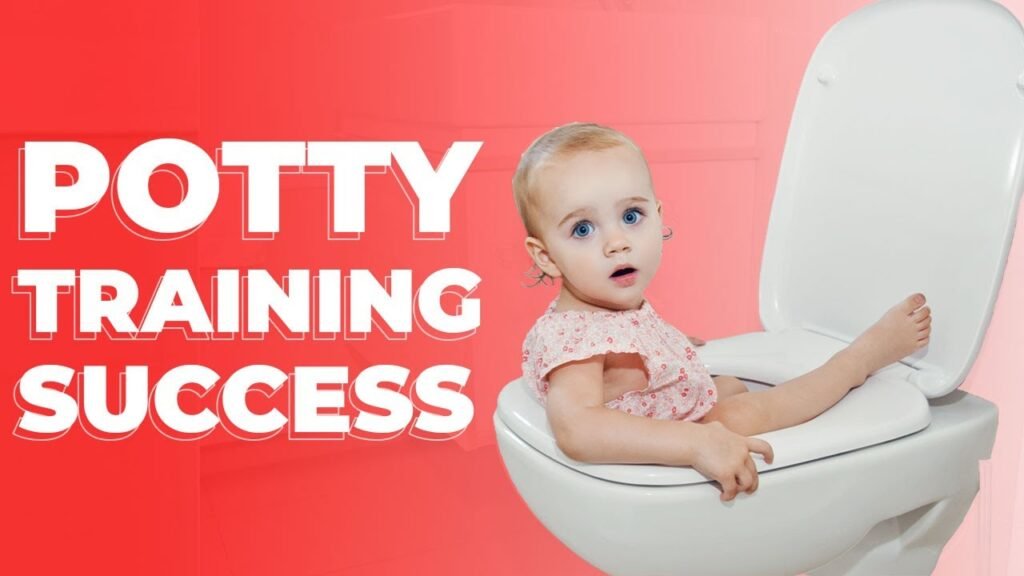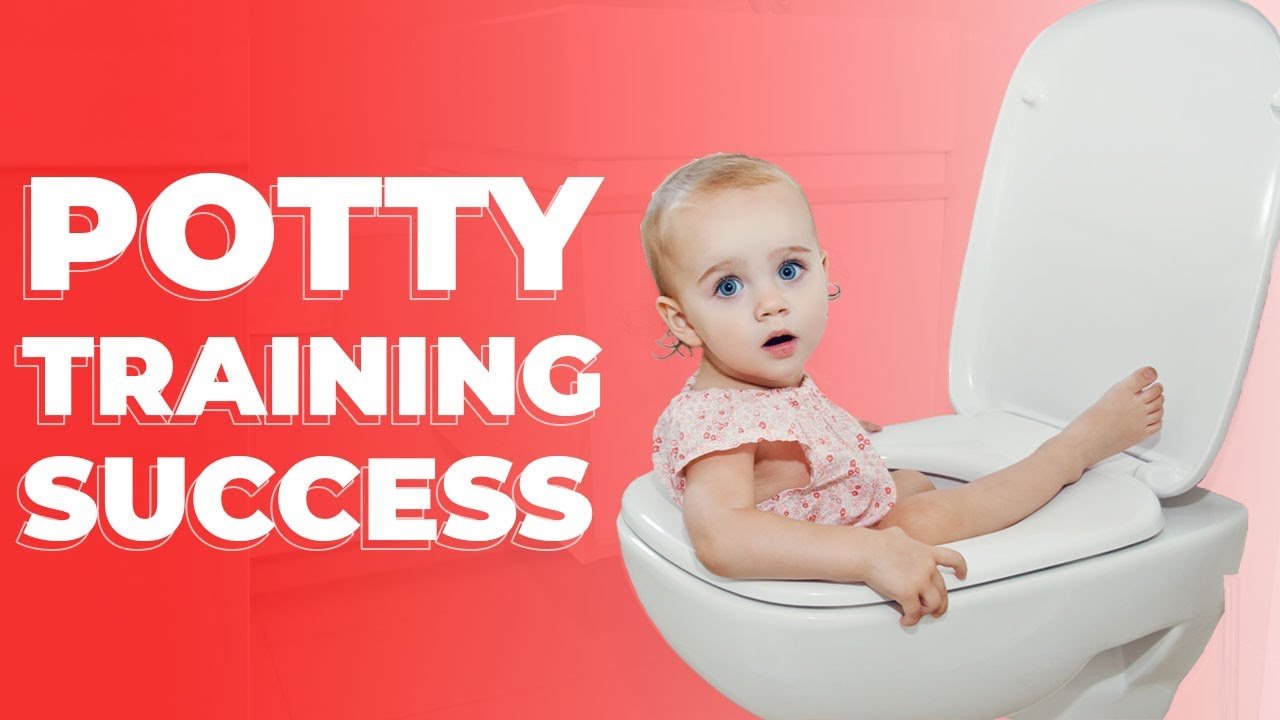Are you getting ready to start toilet training your little one? Ensuring your child feels safe and comfortable on the toilet seat is crucial for a successful experience. By reducing the size of the seat and providing foot support, you can help your child feel secure and at ease, making the process much smoother.
Using a family style toilet seat with a child seat inside, along with wooden footstools for stability, can make a significant difference in your child’s comfort. Avoiding common mistakes like using a plastic seat or not providing foot support can help your child relax their muscles and have easier bowel movements. With these two essential items, you can set your child up for potty training success.

Create a Safe Environment in the Bathroom
Ensuring a safe environment in the bathroom is crucial for your child’s comfort and safety during toilet training. Proper lighting in the bathroom is essential to prevent accidents, especially during nighttime trips to the toilet. Installing bright and adequate lighting will help your child feel more secure and navigate the bathroom with ease.
Keeping the bathroom clean and clutter-free is also important. Remove any objects or obstacles that may obstruct your child’s path to the toilet. A tidy and organized space will not only reduce the risk of accidents but also create a welcoming environment for your child.
To further enhance safety in the bathroom, consider placing non-slip mats on the floor. These mats will provide additional traction and stability, reducing the chances of slips and falls, especially on wet surfaces. By creating a safe environment in the bathroom, you are setting the foundation for successful and stress-free toilet training for your child.
Choose the Right Toilet Seat
Selecting the right toilet seat for your child is an important step in toilet training. To make the transition to using the toilet smoother for your child, consider reducing the size of the toilet seat. Adult-sized toilet seats can be intimidating for young children and may cause discomfort or fear. Opt for a child-friendly toilet seat that is appropriately sized for your little one.
Family style toilet seats with a child seat inside are a convenient option that provides stability and comfort. These seats can easily accommodate both adults and children, making them versatile for the whole family. The child seat inside the lid can be pulled down when needed, creating a safe and secure space for your child to use the toilet.
When choosing a toilet seat, ensure that it has a soft-close feature. This feature prevents the seat from slamming shut, which can startle your child and potentially cause accidents. A soft-close mechanism adds an extra layer of safety and comfort to the toilet seat, making it an ideal choice for toilet training.
Provide Comfortable Seating Arrangements
Creating a comfortable seating arrangement in the bathroom is crucial for your child’s toilet training journey. Consider placing a cushioned seat cover on the toilet seat to make sitting more comfortable for your child. The soft padding will help your little one feel at ease and relaxed during toilet trips.
A step stool can also be a useful addition to the bathroom for easy access to the toilet. Choose a sturdy and stable step stool that allows your child to reach the toilet independently. A step stool will empower your child to use the toilet without assistance and promote a sense of independence.
Investing in a padded toilet training seat is another option to enhance comfort during toilet training. These seats are specifically designed for young children and provide extra cushioning for a more pleasant experience. By providing comfortable seating arrangements in the bathroom, you are creating a supportive environment for your child’s toilet training journey.
Encourage Proper Posture on the Toilet
Promoting proper posture on the toilet is essential for your child’s bathroom habits. Provide foot support to ensure that your child maintains the correct positioning on the toilet. Using wooden footstools with handles can help your child achieve the optimal posture for effective bowel movements.
Wooden footstools are preferred over plastic ones as they offer better stability and safety. The weight of wooden footstools prevents them from tipping over, providing a secure platform for your child to step on. Handles on wooden footstools allow your child to maintain balance and stability while using the toilet, reducing the risk of accidents.
Avoid using plastic footstools that may wobble or tip over, as they can be hazardous for your child. Choosing the right foot support for your child’s toilet training routine is crucial for their comfort and safety in the bathroom.
Establish a Routine for Toilet Use
Creating a consistent toilet schedule for your child is key to successful toilet training. Encourage your child to use the toilet at specific times during the day, such as after meals or before bedtime. Establishing a routine will help your child develop a sense of predictability and familiarity with using the toilet.
Rewarding your child for successful toilet trips can also reinforce positive behavior and motivation. Consider using stickers or a reward chart to track your child’s progress and celebrate their achievements. By establishing a routine and offering positive reinforcement, you are supporting your child in learning healthy bathroom habits.
Offer Positive Reinforcement
Praising your child for using the toilet independently is an essential aspect of toilet training. Positive reinforcement can boost your child’s confidence and encourage them to continue practicing good bathroom habits. Take the time to acknowledge and celebrate your child’s efforts in toilet training.
Using stickers or a reward chart is a fun and interactive way to motivate your child during toilet training. Allow your child to choose their rewards based on their accomplishments, whether it’s stickers, small treats, or special privileges. By offering positive reinforcement, you are fostering a positive association with using the toilet and making the process more enjoyable for your child.
Celebrate milestones in your child’s toilet training journey to recognize their progress and achievements. Whether it’s successfully using the toilet on their own or achieving a specific goal, acknowledging these milestones will boost your child’s confidence and motivation. By offering positive reinforcement and celebrating successes, you are creating a supportive and encouraging environment for your child’s toilet training.
Communicate Openly About Toilet Habits
Maintaining open communication about toilet habits is essential for effective toilet training. Talk to your child about the importance of using the toilet and explain the process of toilet training in a simple and positive manner. Encourage your child to express their bathroom needs and communicate any concerns or questions they may have.
By engaging in conversations about toilet habits, you are promoting an open and supportive environment for your child’s toilet training journey. Encourage your child to share their thoughts and feelings about using the toilet, and address any fears or uncertainties they may have. Open communication will help build trust and confidence between you and your child during toilet training.
Monitor and Adjust Toilet Training Techniques
Observing your child’s responses to toilet training is crucial for identifying areas of improvement. Be attentive to your child’s comfort level and progress during toilet training, and make adjustments to your approach as needed. Pay attention to any signs of discomfort, anxiety, or resistance from your child, and adapt your techniques accordingly.
If your child is experiencing difficulties with toilet training, consider consulting with a pediatrician for guidance. A healthcare professional can provide valuable advice and support to address any challenges or concerns you may have. Seeking professional help when needed will ensure that your child receives the appropriate support and guidance for successful toilet training.
Practice Patience and Persistence
Toilet training is a gradual process that requires patience and persistence. Understand that toilet training takes time and that setbacks and accidents are a normal part of the learning process. Be patient with your child and offer reassurance and support during challenging moments.
Stay consistent in your approach to toilet training and maintain a positive attitude throughout the journey. Encourage your child with words of encouragement and praise, even during setbacks. By practicing patience and persistence, you are setting a positive example for your child and promoting a supportive environment for their toilet training.
Conclusion
Creating a safe and supportive environment, choosing the right toilet seat, and establishing a routine are essential steps in helping your child develop healthy bathroom habits. By providing a comfortable and secure space for your child to use the toilet, offering positive reinforcement, and maintaining open communication, you can support your child’s successful toilet training journey. Remember to be patient, persistent, and encouraging throughout the process, and celebrate your child’s milestones along the way. With the right strategies and support, you can help your child feel confident and capable in mastering toilet training.

